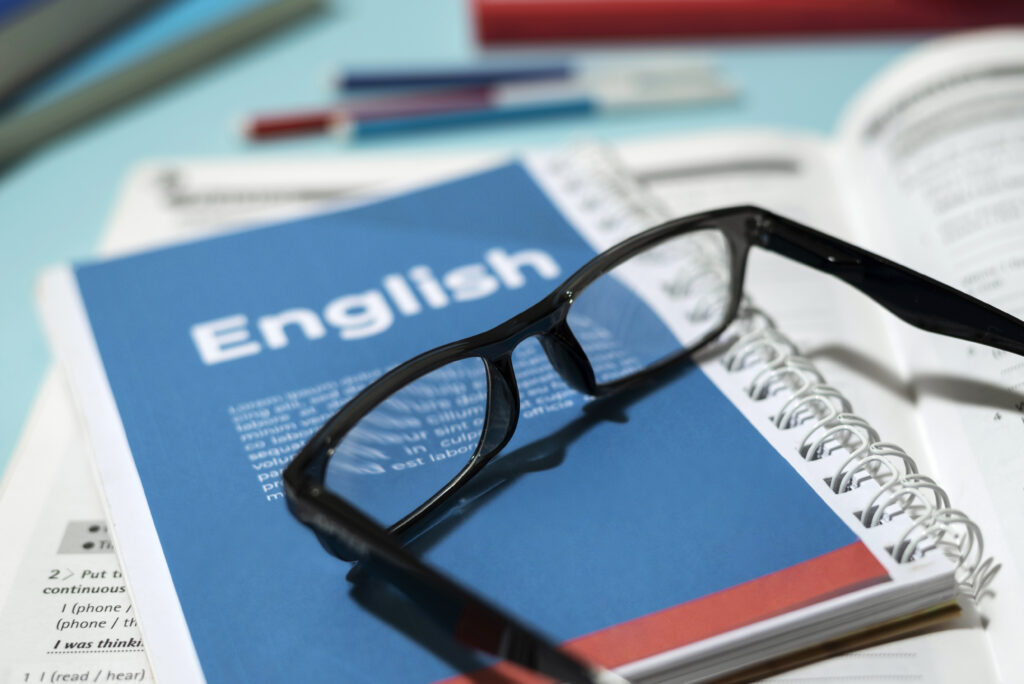Est. reading time: 4 minutes
In this section of our Parts of Speech series, we shall be considering pronouns. Pronouns are words that function in sentences as substitutions or replacements for nouns. The use of pronouns makes it possible to avoid repeating a noun more than once. They substitute for nouns in sentences when the listener or reader is aware of what or who the communicator is referring to.
When it comes to pronouns, one thing to bear in mind is that “them,” “they,” and “theirs” refer to a group of people. “He,” “him,” and “his” refer to males, while “she,” “her,” and “hers” refer to females. Although these pronouns are now being used differently than they were originally due to recent changes in the world, this article will use the original meaning of these pronouns.
Types Of Pronouns
Pronouns are woven into our daily lives. The use of pronouns has been ingrained in our minds since childhood. However, we might not remember certain things from our childhood English lessons, like the types of pronouns.
There are several types of pronouns, such as possessive pronouns, personal pronouns, relative pronouns, reflexive pronouns, indefinite pronouns, interrogative pronouns, demonstrative pronouns, intensive pronouns, and reciprocal pronouns.
1. Possessive Pronouns
These are pronouns that show possession or ownership. Examples include mine, yours, ours, hers, theirs, and his.
Some of these personal pronouns can be found in the following sentences:
- The swing set is theirs.
- Her dog gave birth.
- That part of the room is yours, while this part is mine.
2. Personal Pronouns
These are pronouns that refer to humans and, sometimes, animals. This type of pronoun includes words like I, she, he, you, we, they, me, us, them, etc.
Some of these personal pronouns can be found in the following sentences:
- Sarah wanted to get the class schedule from the Teacher. She followed the teacher to her home.
- Sally came to the party with her mean brothers. She hates to be identified with them.
- We are chiefs from the four tribes.
Personal pronouns also take form based on the speaker’s point of view. The table below explains this:
| First-person point of view | Second-person point of view | Third-person point of view | |
| Definition | This refers to the individual speaking or writing. | This refers to an individual being spoken to. The example below explains this: | This refers to the person being spoken about. |
| Example | I saw a shadow move past the corridor as I entered the house but disregarded it. If only I had known that it would lead to my death. | He grabbed your wrists, but you held on tight to the bracelet. You ended up with bruised wrists because of that. | They held their hands and walked into the shadows, uncaring of the darkness that seemed to darken everywhere their feet touched. |
3. Relative Pronouns
These are pronouns that introduce a relative clause and connect the relative clause to the main clause. This consists of pronouns like whom, who, whose, that, where, and which.
Some of these relative pronouns can be found in the following sentences:
- The girl whose doll got stolen cried till her parents came to get her.
- He is the boy who rode his bike over a lizard this morning.
- The book that you lost was found in the fountain.
4. Reflexive Pronouns
These are pronouns that refer back to the subject of a sentence. It consists of words that end in “-self” or “-selves”. Examples of these include myself, herself, himself, themselves, and ourselves.
Some of these reflexive pronouns can be found in the following sentences:
- I washed the dishes, mopped the rooms, and washed the car all by myself.
- He has always blamed himself for their deaths.
- We bought ourselves new shoes for the event.
5. Indefinite Pronouns
These are pronouns that do not refer to a specific individual or object. Examples of these include one, somebody, anybody, nobody, everywhere, everything, etc.
Some of these indefinite pronouns can be found in the following sentences:
- One ought not to stay out past the town’s curfew.
- The coronavirus infects people everywhere in the country.
- Somebody snuck into my father’s room last night.
6. Interrogative Pronouns
These are pronouns that ask questions. Common examples of interrogative pronouns include who, whom, which, what, and whose.
Some of these interrogative pronouns can be found in the following sentences:
- Who cooked dinner tonight?
- What colour did you pick?
- Whom did you see last night?
7. Demonstrative Pronouns
These are pronouns that point out specific things or objects. Examples include that, this, these, and those.
Some of these demonstrative pronouns can be found in the following sentences:
- These are of low quality.
- This is the soldier’s house.
- Sara took them to the dog that she had found in the pound.
8. Intensive Pronouns
These are similar to reflexive pronouns. Intensive pronouns involve the use of words that end with -self or -selves. The main difference between intensive and reflexive pronouns is that intensive pronouns draw attention to the subject of a phrase, while reflexive pronouns reflect on the actions of the subject. Examples of reflexive pronouns include myself, yourself, himself, herself, ourselves, and themselves.
Some of these intensive pronouns can be found in the following sentences:
- The president himself came to visit me in the hospital.
- Bola himself completed the project.
- The teacher herself helped the pupils cheat in their exams.
9. Reciprocal Pronouns
These pronouns indicate a mutual relationship or an action reciprocated between two or more people or things. There are only two reciprocal pronouns in the English language, and these are each other and one another.
These reciprocal pronouns used in sentences include:
- The dogs often barked at each other.
- The group members encouraged one another after they failed to get the contract.
- The two friends saw each other as partners in crime.
It is important to note that the pronoun ‘each other’ refers to two people or things. While the pronoun ‘one another’ refers to more than two people or things,
Conclusion
Pronouns are vital in avoiding the repetition of nouns in communication and writing. And though it might have stayed forgotten in your mind, I hope that this article has been successful in helping you relive it. Make sure to check our website for other articles that can help improve your communication and writing.


